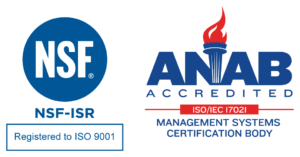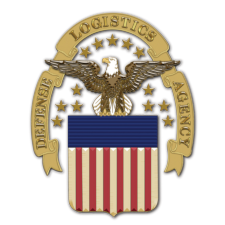Written By: Desmond Boise via Lemon Wire
According to the Small Business Administration’s 2016 Small Business Scorecard, the Federal Government once again failed to meet its goal of awarding 3% of all contracts to HUBZone Certified Businesses.
In a 3 Part Series, we will investigate possible reasons for the government’s failure to achieve the 3% Goal for HUBZone Companies and attempt to provide solutions on how to fix what seems to be a downward trend.
| FY 2016 Small Business Procurement Scorecard *According to SBA.gov. | |||
| 2015 Achievement | 2016 Goal | 2016 Achievement | |
| Small Business | 25.75% | 23.00% | 24.34% ($100.0 B) |
| Women Owned Small Business | 5.05% | 5.00% | 4.79% ($19.7 B) |
| Small Disadvantaged Business | 10.06% | 5.01% | 9.53% ($39.1B) |
| Service Disabled Veteran Owned Small Business | 3.93% | 3.00% | 3.98% ($16.3 B) |
| Hubzone | 1.82% | 3.00% | 1.637% ($6.9 B) |
First, let’s go back to the origin of the Small Business Administration’s HUBZone Program.
On December 2, 1997 The Small Business Administration’s Historically Underutilized Business Zones (HUBZone) program was enacted into law as part of the Small Business Reauthorization Act of 1997. The goal of the HUBZone Program was to help small businesses in urban and rural areas gain preferential access to federal procurement opportunities. Stated in a different way, the goal of the HUBZone Program was to “create hope for hundreds of thousands of underemployed or unemployed who long ago thought our country had given up on them.” per Chairman Steve Knight (R-CA) of the House Committee on Small Business.
To assist HUBZone Business increase their chances to win federal procurement opportunities, the Small Business Reauthorization Act of 1997 through Section 31(b) Subsection 3, which states “PRICE EVALUATION PREFERENCE IN FULL AND OPEN COMPETITIONS.—In any case in which a contract is to be awarded on the basis of full and open competition, the price offered by a qualified HUBZone small business concern shall be deemed as being lower than the price offered by another offeror (other than another small business concern), if the price offered by the qualified HUBZone small business concern is not more than 10 percent higher than the price offered by the otherwise lowest, responsive, and responsible offeror”
In a simple example, let’s say the federal government issues a full open and competitive bid opportunity for office supplies.
To simplify, only 2 companies bid on this opportunity:
Company A is large business, like Office Depot or Staples
Company B is an SBA Certified HUBZone Company.
On this opportunity:
Company A offers a price of $100
Company B offers a price of $109.
Per the HUBZone Program and the Small Business Authorization Act of 1997, the federal government is legally obligated to award the contract to Company B since it is a HUBZone Company and its price is deemed to be lower since it is less than 10% higher than the next best offer.
The 10% price preference should provide a significant advantage to HUBZone Companies, but the data suggests otherwise.
In the next parts of the series, we will dig deeper into the data and provide feedback directly from government agency representatives and HUBZone Company principles.



